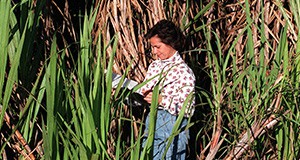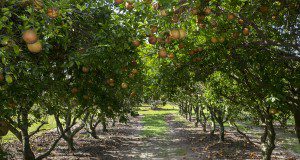This update to 2007’s second edition adds information regarding nutrition of Florida citrus trees affected by huanglongbing (HLB), also known as citrus greening. Much of the guidance provided in this document on nutrients, application methods, leaf and soil sampling, and irrigation scheduling is also effective for trees affected by HLB. However, research conducted since the previous edition was published has established changes in many production practices, including nutrient rates, irrigation scheduling, soil pH management, and use of Citrus Under Protective Screen (CUPS). Changes to the second edition will appear at the beginning of chapters 2, 6, 8, 9, and 11. See also this topic page for links to individual chapters in HTML and PDF formats. This 115-page book was edited by Kelly T. Morgan and Davie M. Kadyampakeni, and published by the UF/IFAS Department of Soil and Water Sciences.
https://edis.ifas.ufl.edu/ss478
Tag: Kelly T. Morgan
Nitrogen Fertilizer Recommendations for Sugarcane Production for Sugar on Florida Sand Soils

Sands used in sugarcane production in Florida have low levels of organic matter, silt, and clay, and they provide little N through mineralization of organic matter and possess a low capacity for N retention as a result. Because these soils are highly leachable, N must be managed well to ensure adequate nutrition for the crop as well as protection of groundwater. This new 4-page fact sheet is part of the Sugarcane Handbook, and it discusses sand soils used in sugarcane production, sugar yield response to nitrogen, and revised nitrogen recommendations. Written by J. Mabry McCray, Kelly T. Morgan, and Les Baucum, and published by the UF Agronomy Department, February 2016.
http://edis.ifas.ufl.edu/sc101
